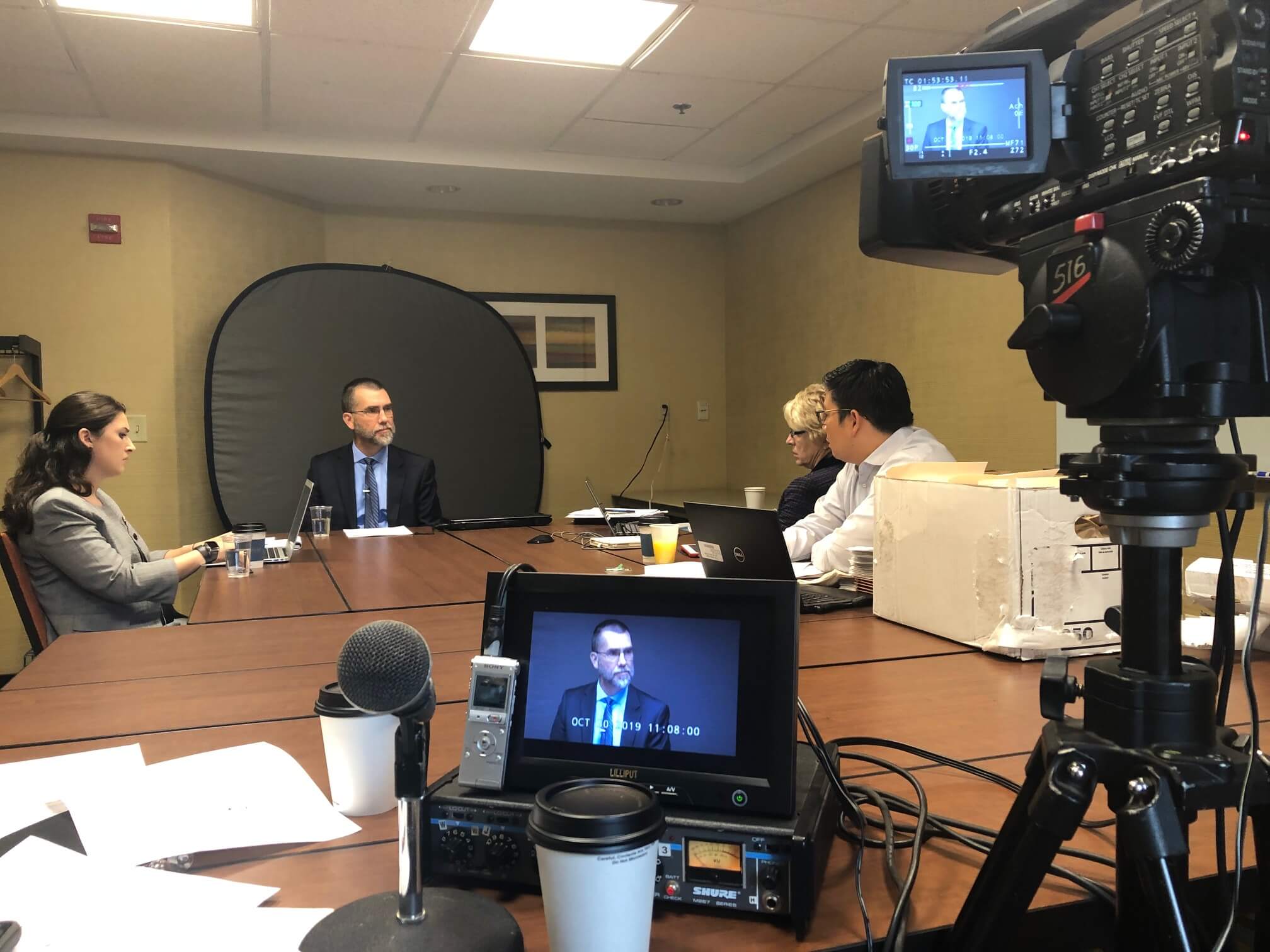How Legal Videography Can Make or Break Your Legal Technique
How Legal Videography Can Make or Break Your Legal Technique
Blog Article
Diving Into the Devices of Legal Videography: Unveiling Its Operation in Safeguarding Authentic Aesthetic Testament for Judicial Process
In the realm of judicial procedures, the role of lawful videography stands as a keystone in maintaining and providing aesthetic evidence. As modern technology continues to advance, the systems behind lawful videography have come to be progressively detailed, providing a crucial layer of authenticity to testaments captured on video clip.
Historic Evolution of Lawful Videography
Examining the historical development of lawful videography reveals a considerable transformation in the catching and discussion of aesthetic proof within the lawful landscape. In the past, legal procedures greatly relied upon written transcripts and pictures to document events and supply proof. Nonetheless, with the development of video clip modern technology, the legal market experienced a standard change in just how aesthetic testimony was captured and provided.
The evolution of legal videography can be mapped back to the late 20th century when innovations in video clip recording tools made it extra accessible for use in courtrooms. This technological advancement not just boosted the precision and integrity of aesthetic proof however likewise reinvented the method situations existed to juries and judges (Legal Videography). Lawyers started to identify the convincing power of video clip recordings in communicating emotions, nuances, and non-verbal signs that created records or photos alone could not record properly

Technology Improvements in Video Documentation
What essential technological improvements have transformed video documents in the legal field? The lawful area has seen considerable developments in video documentation technology that have actually improved the authenticity and reliability of aesthetic proof in judicial procedures. One of the key innovations is high-def (HD) video recording capabilities, which give crystal-clear photos and sharp details that are important for accurately capturing testaments, face expressions, and various other aesthetic cues. In addition, the combination of timestamping and metadata features in video clip paperwork tools has actually allowed precise documents of when and where the video was recorded, making certain the stability of the evidence provided in court.
In addition, developments in video clip encryption and watermarking technologies have strengthened the safety and tamper-proof nature of video clip evidence, securing it against unauthorized alterations or meddling. Furthermore, the development of cloud storage space services and remote gain access to capacities has streamlined the storage, access, and sharing of video evidence, assisting in smooth collaboration among lawful specialists and guaranteeing effective accessibility to critical visual statements when required. These technological developments in video paperwork have definitely changed the lawful field, improving the accuracy, reputation, and admissibility of aesthetic proof in judicial process.
Duty of Lawful Videographers in Court Settings
The development of video documentation technology in the lawful field has necessitated a crucial role for legal videographers in courtroom settings, ensuring the honesty and integrity of visual testimonies offered during judicial proceedings. Lawful videographers play an essential duty in catching and preserving exact visual proof that can be essential in court situations. Their duty includes setting up tools, tape-recording proceedings, and creating top quality video clips that precisely mirror the events in the court room.
In court look at this now setups, lawful videographers should follow strict standards and standards to keep the authenticity of the aesthetic document. They should article have a keen eye for information and a comprehensive understanding of lawful procedures to make sure that the video they capture is a real depiction of the events that took place. Additionally, legal videographers usually work very closely with lawful teams to make sure that the video proof straightens with the case's demands and can be effectively provided in court to sustain the lawful arguments being made. In general, the duty of lawful videographers in courtroom settings is vital in upholding the principles of justice and making sure the openness of lawful proceedings.

Ensuring Admissibility and Honesty of Video Evidence
To keep the credibility of visual proof offered in legal procedures, making certain the admissibility and integrity of video evidence is an important duty for legal videographers. Admissibility refers to the acceptance of evidence by the court, and for video clip proof to be permissible, it must meet specific standards. Lawful videographers play an essential function in making sure that the video clips they record adhere to the policies of proof, such as reliability, credibility, and importance.
Honesty of video clip proof includes preserving the originality and accuracy of the footage from the moment it is tape-recorded until it exists in court. This includes firmly keeping the video data, documenting the chain of custody, and protecting against any type of tampering or alterations. Lawful videographers have to stick to stringent protocols to guarantee the honesty of the video clip evidence and prevent any kind of obstacles to its credibility.
Future Trends in Legal Videography
Offered the raising reliance on technology in his comment is here lawful process, legal videographers are poised to welcome ingenious developments shaping the future of aesthetic statement capture and discussion. Among the popular fads imminent is the combination of digital truth (VR) and boosted truth (AR) technologies right into legal videography. These modern technologies have the prospective to transform just how visual proof exists in court rooms, enabling courts and judges to submerse themselves in the scene of the criminal offense or event.
In addition, using expert system (AI) formulas for video evaluation is anticipated to improve the procedure of evaluating and assessing large quantities of video clip footage. AI can assist in recognizing key minutes, abnormalities, and patterns within videos, boosting the efficiency of lawful examinations.

Conclusion
To conclude, legal videography has actually played an essential duty in offering genuine visual proof for judicial process. With technical developments and the experience of legal videographers, the honesty and admissibility of video evidence are made certain in courtroom setups. As lawful videography remains to progress, it will certainly be vital to maintain criteria that maintain the accuracy and integrity of visual statement for the future of lawful process.
Analyzing the historical development of lawful videography reveals a considerable makeover in the recording and presentation of visual evidence within the lawful landscape.The advancement of video documentation innovation in the lawful area has actually necessitated an essential function for lawful videographers in court room setups, ensuring the integrity and dependability of visual statements offered during judicial proceedings. Furthermore, lawful videographers typically function very closely with lawful groups to ensure that the video evidence aligns with the case's requirements and can be effectively presented in court to support the legal arguments being made.To maintain the reliability of visual evidence provided in legal proceedings, guaranteeing the admissibility and integrity of video proof is a critical duty for lawful videographers. As lawful videography continues to develop, it will be important to copyright criteria that keep the precision and dependability of visual testimony for the future of lawful procedures.
Report this page